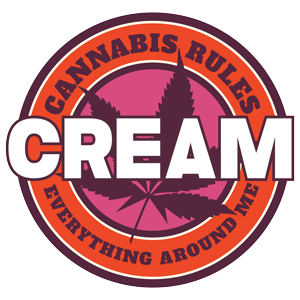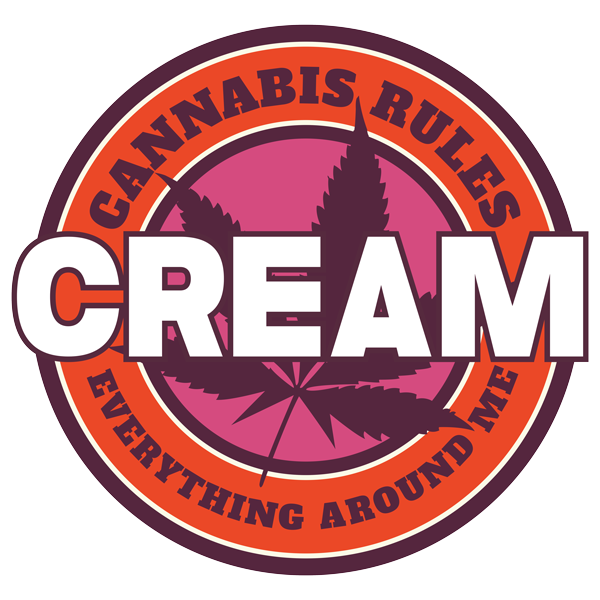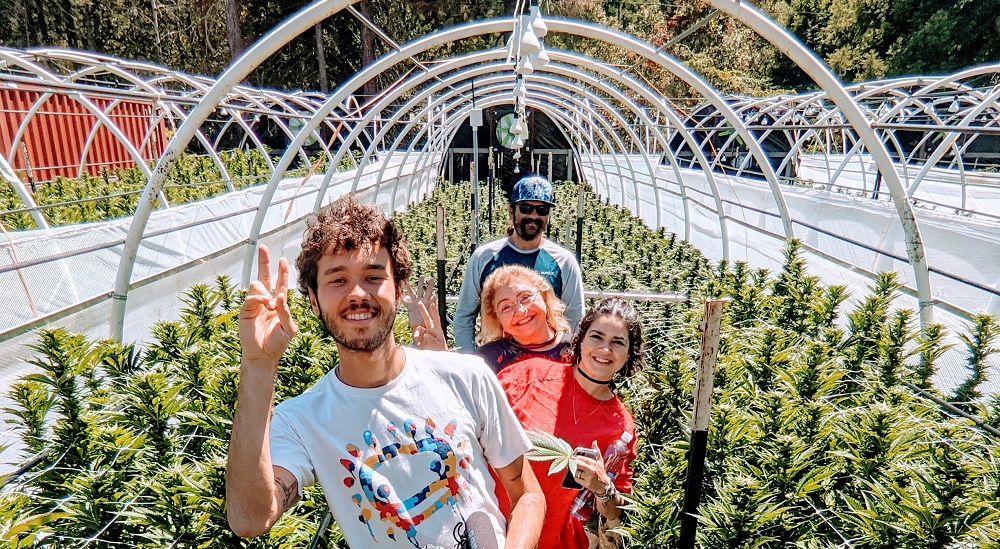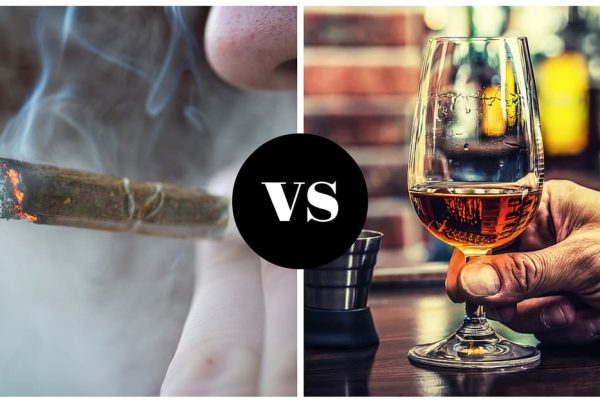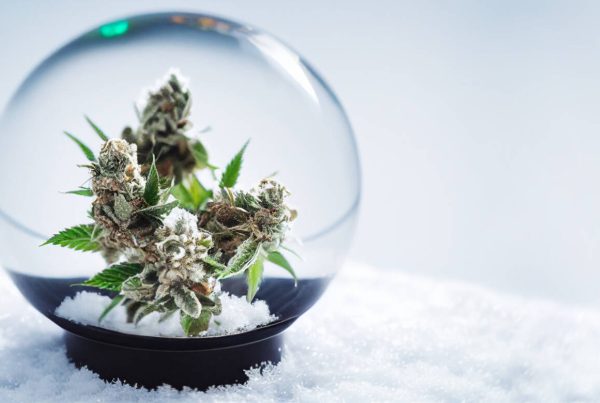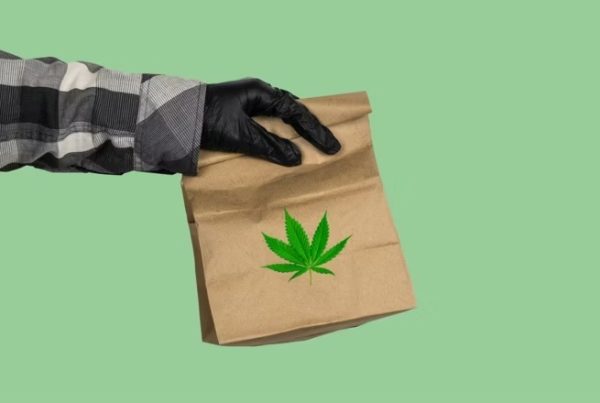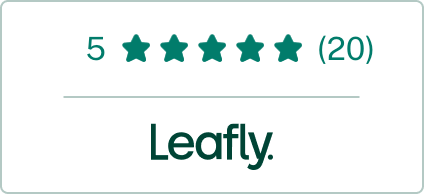Cannabis tourism may have started as a novelty within the greater cannabis industry, but the segment is progressing from simple tours of dispensaries and grows to genuine destinations and experiences.
The industry’s tourist segment was valued at $17 billion by Forbes in May 2022, which estimates up to another $12.6 billion on hotels, restaurants and other purchases during their vacation.
“People try things on vacation that they never think that they would try, and cannabis is one of those things — it is a way to enhance travel,” says Georgi Gordon, a board member of the Cannabis Travel Association. “Before, cannabis tourism was just heading to Colorado or Northern California, but so many doors have opened since then.”
Gordon attributes the strengthening shift in cannabis tourism to a growing social acceptance; people are now factoring cannabis into their travels and even communities are using cannabis to draw in tourists. According to the analytics firm New Frontier Data, 59.9% of cannabis consumers say legalization makes them more likely to visit a state.
Destinations and Resorts
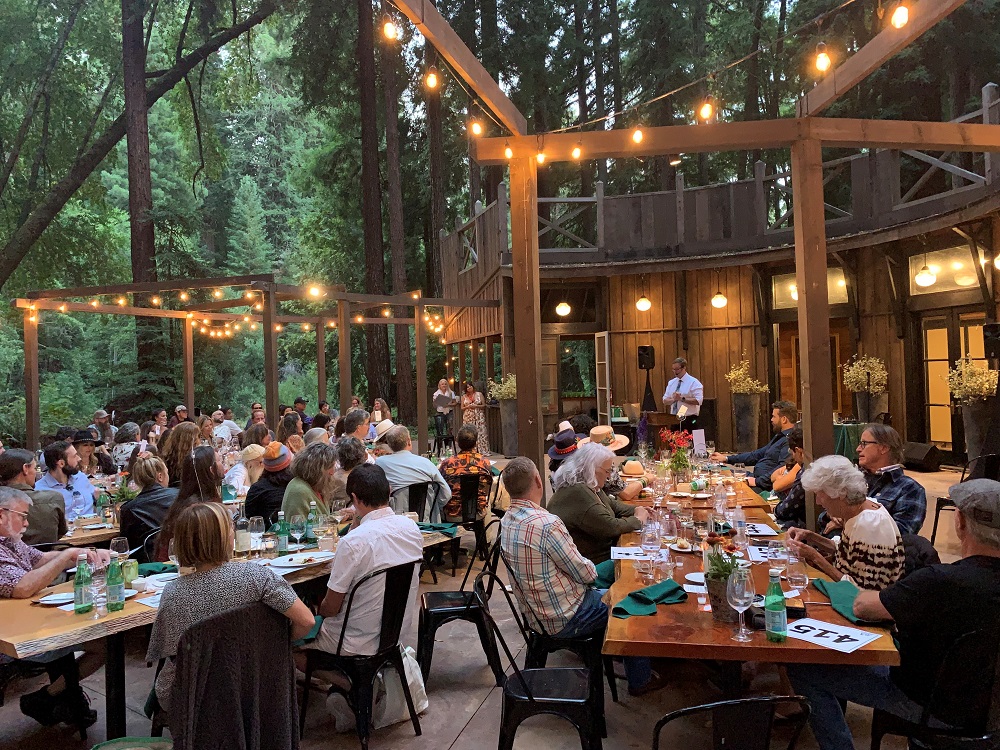
The Madrones | Brambles. Photo by Nik Zvolensky.
The travel shutdowns from the pandemic were especially disruptive for destination resorts like Coral Cove in Jamaica. But according to Keiko Beatie, the resort’s director of education and outreach, post-lockdown the small island resort is getting a lot of new visitors.
“It was definitely challenging during COVID,” she says. “But we were able to just keep on going and now that we’re over that hump we’ve really seen a lot more people coming out and being very curious about this combination that we offer for a resort cannabis space.”
Coral Cove has all the amenities of a Jamaican resort, including snorkeling, kayaking, yoga, meditation retreats, a private beach, restaurants and bars, as well as having the added benefits of onsite cannabis consumption, a dispensary and even psychedelic mushroom ceremonies.
“I do find that most people who come to Coral Cove just want cannabis, but if they want to have a fungi experience, then that’s another step that we’ve provided for a couple of years now,” Beatie says. “And if you want to just sit under a palapa around a lagoon and drink a drink with a little umbrella in it, you can do that too.”
The much colder and yet immensely popular town of Whistler, British Columbia, will be welcoming cannabis businesses near the end of 2023. The preeminent skiing destination in North America recently licensed four cannabis retailers to operate and serve its annual 3 million tourists and about 11,000 locals.
The British Columbia-based retail chain A Little Bud was among those licensed. Nick Swanson, the company’s director of marketing, says A Little Bud invested about two years in pursuing a license to open a retail store in the popular skiing destination.
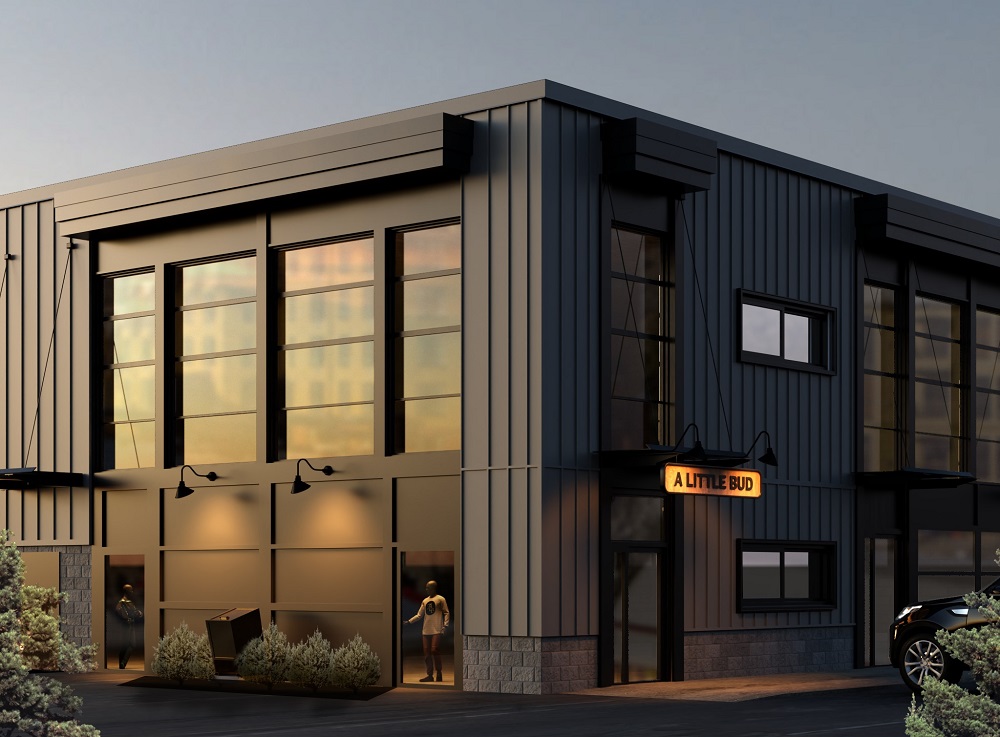
A Little Bud’s upcoming retail store in Whistler, British Columbia.
“We believe we can offer a cannabis buying experience that can be seen as a tourist experience,” Swanson says. “Much like having a sommelier enhance a wine tasting, we aim to provide industry and product knowledge that leaves a lasting impression. By offering products on display, we hope to grow awareness of cannabis tourism and the positive impact it can have. As a team we have great love and respect for the Whistler community and look forward to being another place for people to plan for.”
The retailer plans to open its 1,000-square-foot location by the end of 2023. The shop which will incorporate art inspired by the local Lil’wat first nations people and their stories and donate 2.5% of its profits to their community.
In the United States, few destinations are as cannabis centric as Northern California’s Emerald Triangle, which has maintained a strong and growing cannabis tourism industry with the addition of consumption lounges and destination resorts like The Madrones and The Brambles. The Madrones is a Mendocino County resort that houses The Bohemian Chemists dispensary, a hotel, a restaurant and a consumption lounge all on the same property. Just next door is The Brambles, an old growth redwood forest with luxury accommodations and event pavilion that hosts cannabis farmer’s markets and cannabis-friendly events such as weddings and parties. Business owners and second-generation cannabis cultivators James Roberts and Brian Adkinson decided to obtain a microbusiness license for the resort properties due to the frequent cannabis-related inquiries guests would make while visiting.
“Because Mendocino is known for cannabis, we had a lot of guests asking where they could purchase cannabis and there was no dispensary in the town,” Adkinson says.
“We’re in a legacy growing region,” Roberts adds. “We’re in the Emerald Triangle at the southern tip of it, which makes it closer to the metropolitan centers. I think we’re kind of an ideal template, like how people would go to wine country, now they’ve got cannabis country.”
The properties have two wine tasting rooms making the resort unique as it can serve food, wine and cannabis, albeit in separate sections of the properties. Roberts and Adkinson also have Sugar Hill Farm, a cannabis farm just minutes up the road that visitors of the resort can tour.
“We’re just carving out a craft market which is now starting to exist,” Roberts says. “I think that there’s a lot of room for that and it’s a really good thing, especially for the smaller cultivators, the family farms and the legacy cultivators. It’s an opportunity for them to do what we see a lot of small wineries doing.”
The Guided Experience
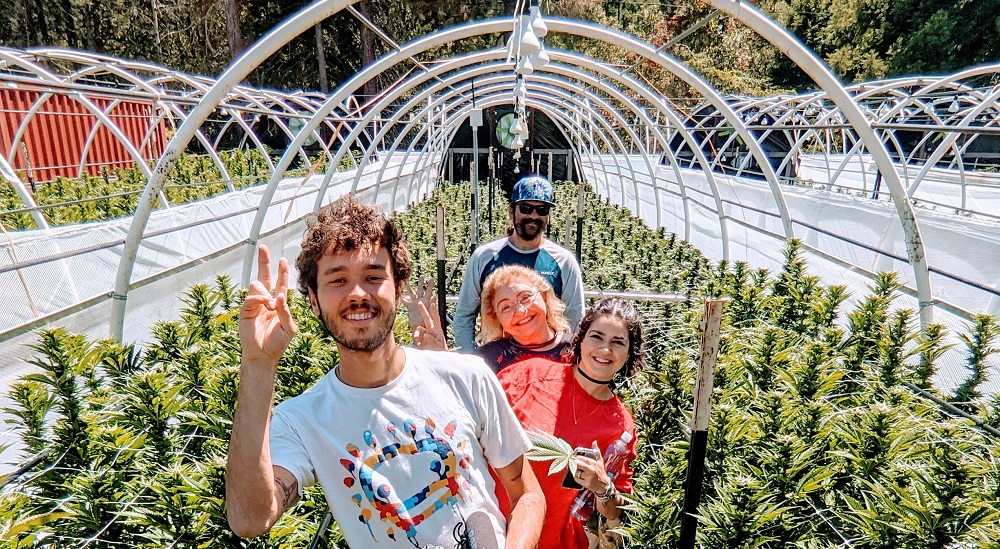
Emerald Farm Tours.
With consumption lounges opening and cannabis-friendly destinations gaining traction the guided tours have had to adapt to customer expectations. For Victor Pinho, the founder and CEO of Emerald Farm Tours, that meant expanding his operation from guided tours of farms and meeting operators to include new experiences which often include some form of consumption.
“Last year we started cannabis bar services in response to the need for tourism where the weed comes to you — sort of like what a wine bar does at a wedding,” Pinho says. “I still get a lot of demand to see farms, meet the farmers and see the plants in action. Right now, both of those businesses are thriving, but I’ll tell you that cannabis bar service is doing unbelievably well.”
Pinho’s bar service stems from his numerous connections in the state’s cannabis industry; it allows a private party to specify what they want, and Pinho can retrieve the selection through his network of growers, distributors and retailers, and host that part of the private event for the client. The model has proved so effective he’s added private “wine and weed” tours where he takes a group of guests to wineries, cannabis operations and scenic locales around the Emerald Triangle.
“We can’t expect cannabis to sell itself anymore,” Pinho says. “We have to pair it with experiences that enhance both.”
Lynn Daniels, the founder and owner of CannaBus Express Tours, has also evolved her tour since she founded her Coachella Valley cannabis tour in 2018, with thanks in part to the number of consumption lounges that have opened in the region.
“On my tour we take people from root to toot,” Daniels says. “First and foremost, my tour is educational — it’s not a smoking bus. I give people the three E’s, meaning it’s educational, exclusive and entertaining.”
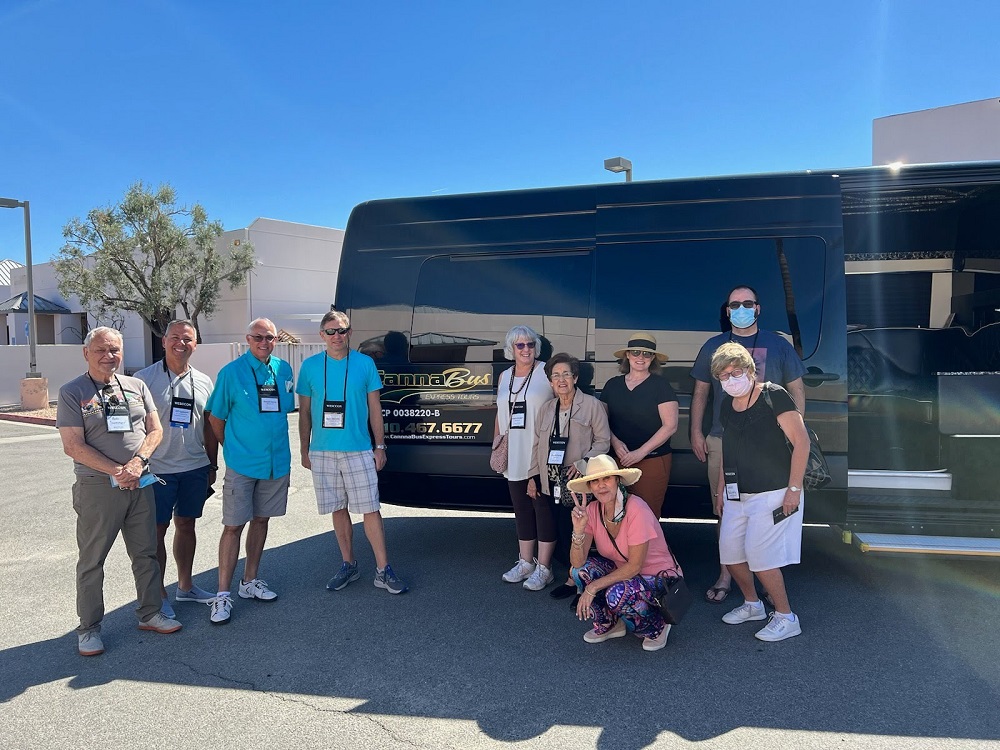
CannaBus Express Tours.
The three-hour tour starts at a cultivation facility where Daniels takes a small group of visitors through a cultivation site explaining the practices and processes the workers are performing at each phase of production. Then she takes the group to a manufacturing facility where the group learns about cannabis extraction and sees a variety of infused products being made firsthand. The final stop is a dispensary and consumption lounge, where the group can make purchases and consume some of the products they just saw being grown and manufactured.
Daniels says her tour business took a sizeable hit during the pandemic, but it is now gaining traction again as people are feeling more comfortable with both traveling and cannabis.
“Since the pandemic my tours have definitely come back up. I’m getting a lot more people booking them,” Daniels says. “Right now, we’re not touring as much because it’s summer and summer is a little slower here in the desert because of the heat.”
